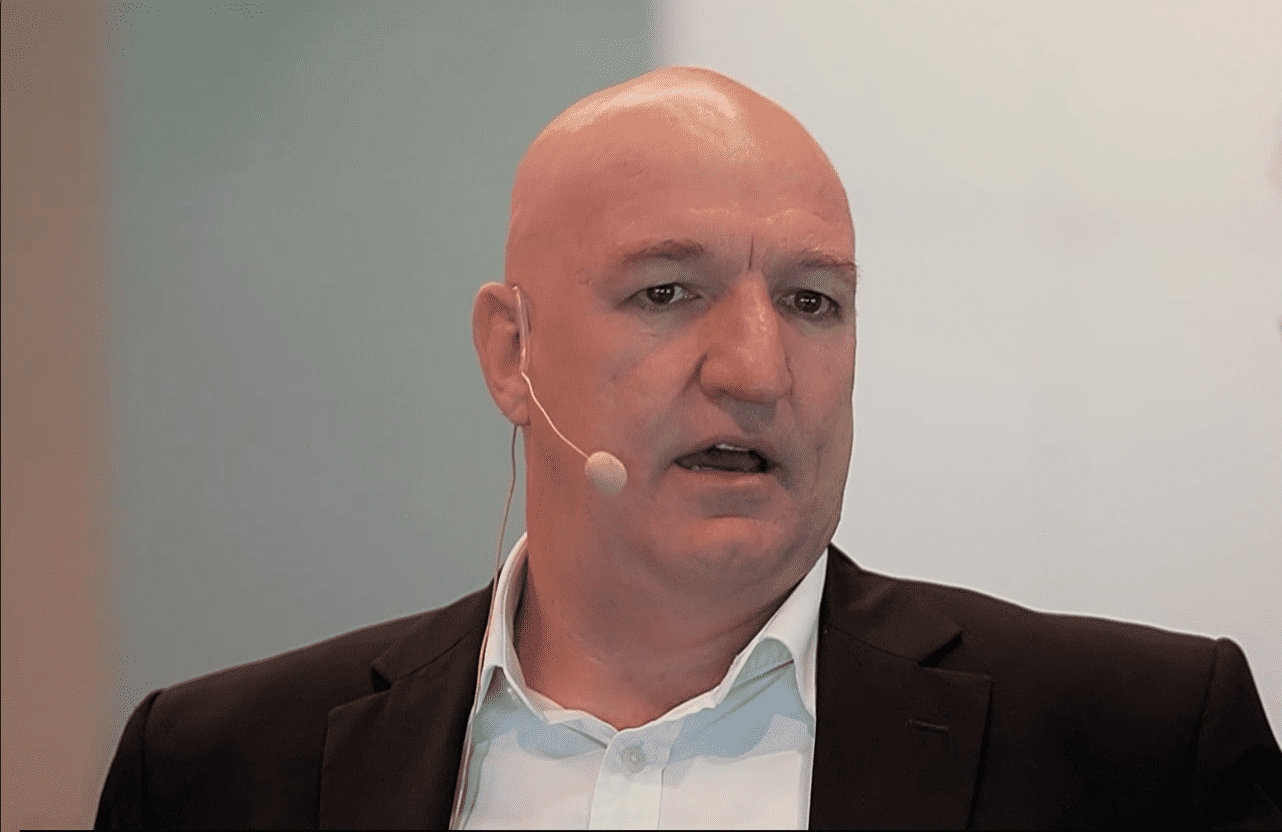Everyone has heard of 'hedging your portfolio'. In the traditional American sense, this used to mean a '60/40' portfolio – 60% in stocks, 40% in bonds. In ASX terms, this could mean a 60% allocation to the Vanguard Australian Shares Index ETF (ASX: VAS) and a 40% allocation to Vanguard Australian Fixed Interest Index ETF (ASX: VAF).
This approach seems a little outdated in today's world – a decade of interest rate cuts and 'record lows' has meant that bonds (at least government bonds) are pretty much useless for anything other than inflation-matching returns at today's prices. You know there's something wrong when a savings account can match a bond for returns.
This leaves shares and property as the only investments that can give you something to invest for – which means that we need to look at hedging in a different way. The reason why bonds used to be so popular is that they were considered a 'safe' investment – (most) governments can't go bankrupt. Shares are never going to offer this type of security – even Warren Buffett's company Berkshire Hathaway fell around 50% during the GFC (not that he was worried).
But there are certain ways of hedging you can apply to your own portfolio that can minimise the risks of permanent capital loss.
The first way is to hedge against a recession itself – by owning stocks whose earnings are not likely to be affected by an economic downturn. Coles Group Ltd (ASX: COL), Ramsay Health Care Limited (ASX: RHC), InvoCare Ltd (ASX: IVC) and Cleanaway Waste Management Ltd (ASX: CWY) are all companies that would fit this bill – as groceries, healthcare, funerals and waste are not industries that we are ever going to stop needing, no matter the economic climate. All offer dividends as well, so that's an added bonus.
Secondly, you can look at the resource stocks you own and implement some hedges within that framework. A lot of lucky investors have done very well from the likes of Fortescue Metals Group Ltd (ASX: FMG) in 2019 so far. But if a global downturn hits, iron ore prices are one of the first things down the toilet. To illustrate – as the GFC hit, the Fortescue share price went from over $12 to under $2 in about 5 months. There's nothing wrong with owning iron shares – they can be highly rewarding. But maybe consider hedging iron miners with a gold miner like Newcrest Mining Ltd (ASX: NCM). Gold is known to do very well in tough times and Newcrest shareholders made significant gains in the aftermath of the GFC when everyone else didn't.
Thirdly, you can always look for balance in smaller ways. Qantas Airways Limited (ASX: QAN) is a great company but always suffers when oil prices are high (fuel is one of Qantas' largest costs). If you also hold a stock like Woodside Petroleum Limited (ASX: WPL) which would profit from such a scenario, you can make sure that you are banking gains whatever the market is doing.
Foolish Takeaway
With an uncertain future in front of us, it always pays to examine your portfolio's shortcomings and do some 'hedging' if needed. Think about black swans and what your portfolio might do in any of these scenarios were to occur. Because although none of us know what the future holds, the best investors (like Warren Buffett) are prepared for anything.







